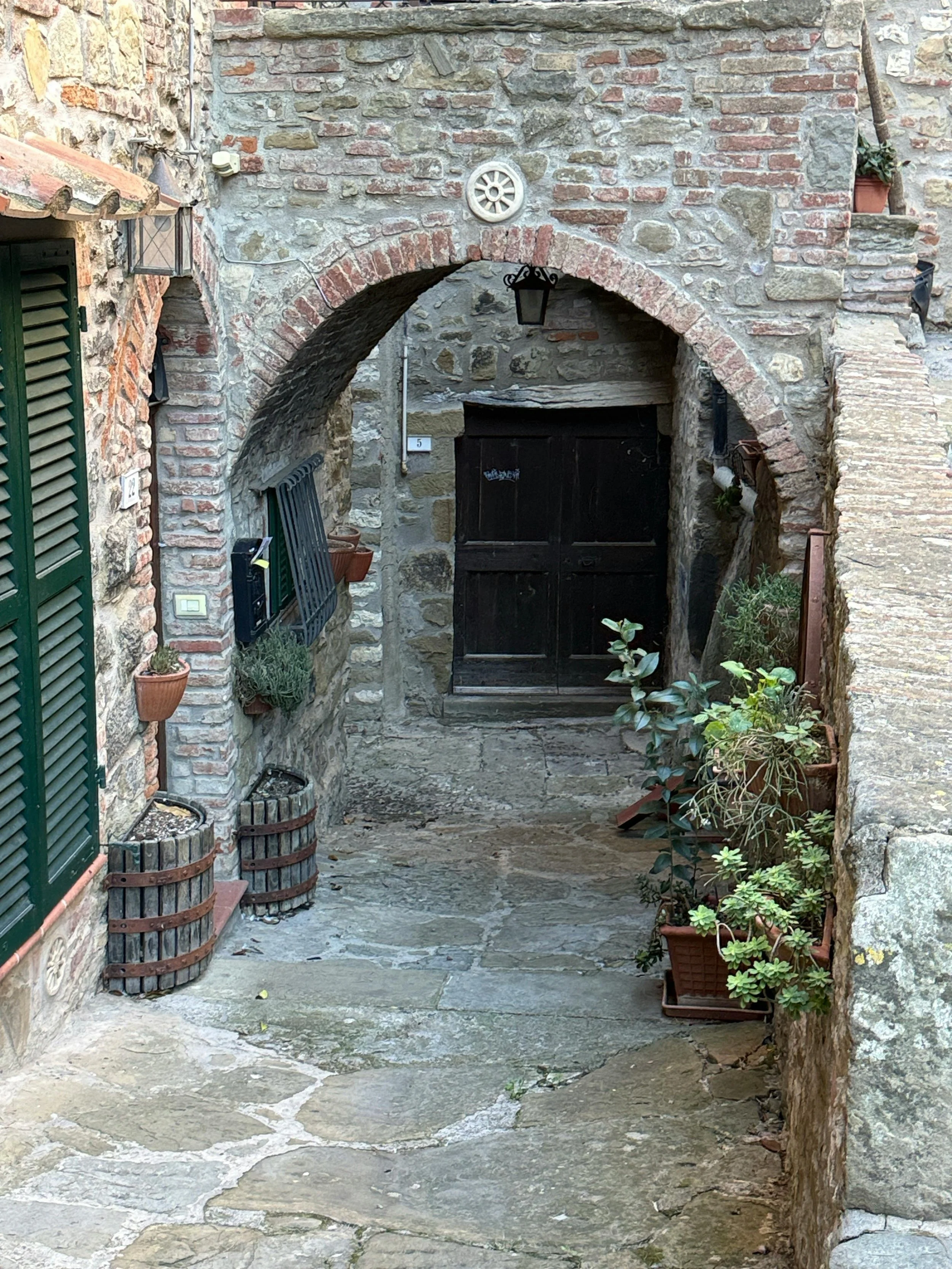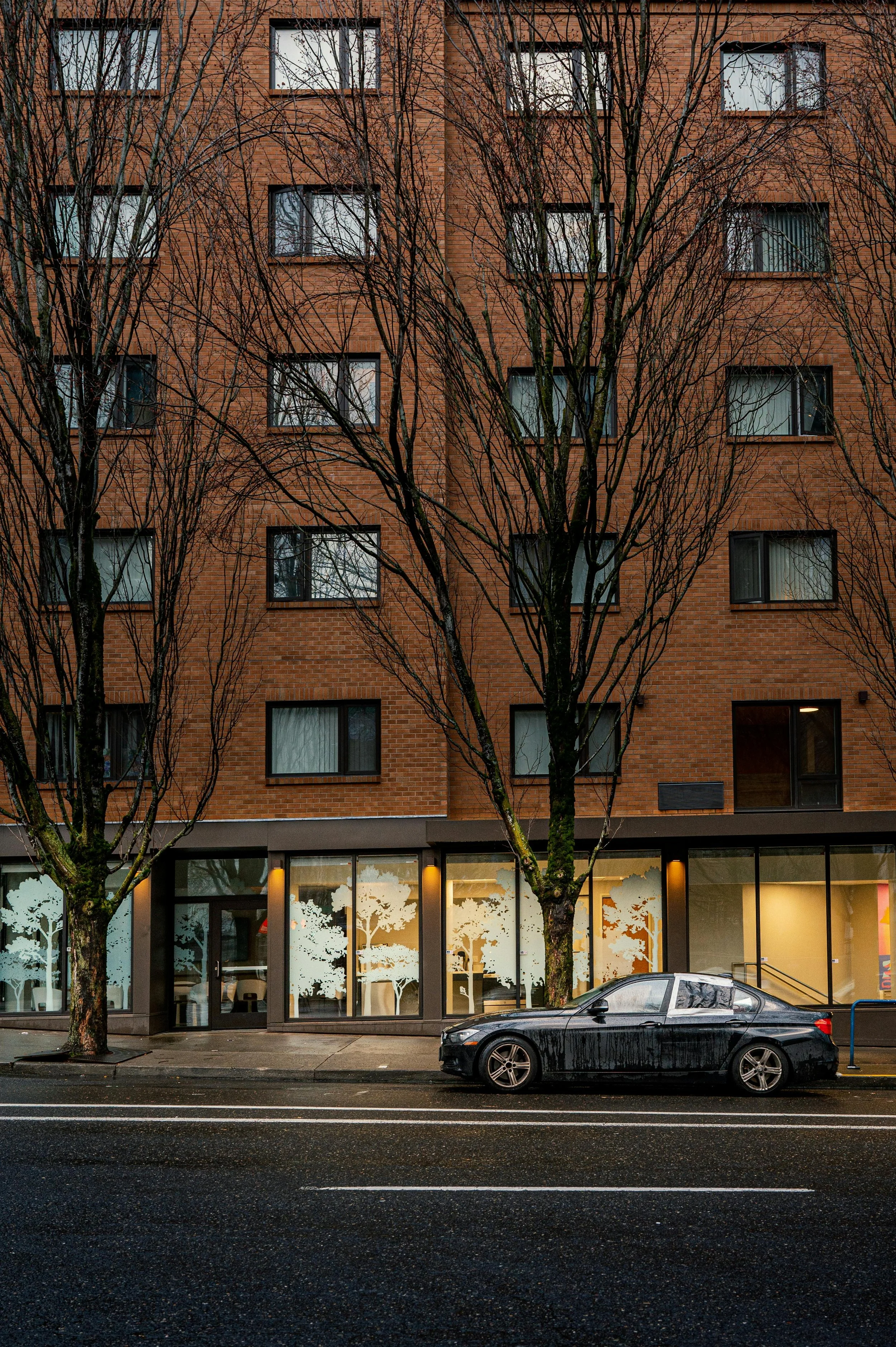Brownstone Demo 101: What Every NYCOwner Must Know Before Opening Walls
Hudson Brownstone — Demo oversight on NYC townhouse project.
A technical, high-level demolition guide for luxury townhouse renovations.
Demolition is the most deceptively dangerous and expensive stage of any NYC townhouse renovation. It’s also the phase where most projects go off track — before construction has even begun.
Brownstones require meticulous planning because they contain:
• Hidden structural conditions
• Legacy utility lines
• Historic elements protected by LPC
• Aged masonry systems
• Variable joist spacing
• Old chimneys, trusses, and arches
• Past renovations with questionable workmanship
This guide outlines exactly what owners, buyers, and renovators must know before touching a
single wall.
1. Environmental Testing Is Required by Law (And Protects Your Budget)
Before any demolition, New York State requires testing for:
Asbestos
Found in:
• Plaster
• Joint compound
• Floor tiles
• Pipe insulation
• Old ceiling tiles
Lead Paint
Nearly every brownstone built before 1978 has it
Mold & Moisture Intrusion
Brownstones often hide chronic moisture caused by:
• Failing rear parapets
• Old roof membranes
• Leaking window sills
• Condensation from oversized HVAC equipment
Skipping this phase guarantees stop-work orders.
DOB, DOH, and DEP can halt your project instantly.
Hudson Brownstone conducts pre-demo environmental mapping for clients to avoid surprise
abatement costs.
2. Identify What MUST Stay: Structural & Landmark Constraints
Townhouses contain elements that cannot be moved, removed, or modified without:
• DOB structural review
• LPC consideration
• Engineer involvement
These include:
• Staircases and original stair walls
• Structural masonry in the front façade
• Certain interior elements in landmarked areas (case-by-case)
• Chimney stacks and brick arches
• Party walls and shared structural elements
Over-demolition is the #1 cause of LPC violations.
We prevent this by coordinating demo plans with historic review standards before work begins.
3. Hidden Conditions: The Biggest Budget Wildcard
Brownstones hide 100+ years of:
• Buried steel beams
• Old plumbing runs
• Abandoned gas lines
• Brick arches
• Failed joists
• Rot around bathrooms
• Sagging subfloors
• Chimney voids
• Spliced or undersized beams
• Nonstandard framing from “DIY” renovations
These are the conditions that turn into change orders — and sometimes major redesigns.
Hudson Brownstone conducts a demo supervision walkthrough before framing begins,
catching issues early and resolving them strategically
Hudson Brownstone — Demo oversight on NYC townhouse project.
4. Dumpsters, Containers & Sidewalk Requirements
Demolition generates large volumes of debris. NYC requires:
• Container permits for curbside dumpsters
• Coordination with DSNY
• Alternate-side parking planning
• Protection of public sidewalks
• Avoidance of pedestrian obstruction
Fines can accumulate rapidly if containers are not handled correctly.
Hudson Brownstone manages all logistics with the expeditor and contractor to keep the site compliant.
5. Change Orders: Expect Them — But Expect the Right Ones
Not every change order is a red flag.
In brownstones, legitimate change orders occur due to:
• Hidden structural defects
• Unmapped mechanical systems
• Mold found in unexpected wall cavities
• DOB-required fixes
• Fire blocking issues
• Legacy electric or plumbing hazards
The key is filtering necessary vs unnecessary charges.
We negotiate, verify, and document every CO on behalf of clients.
6. Why Demo Is the Stage Where Most Projects Go Wrong
Common issues seen across Curbed, StreetEasy forums, and real client scenarios:
A) Contractors Over-Demo to “Make Their Life Easier”
Removing more than necessary increases cost and risks structural instability.
B) Homeowners Rush Demolition Without Final Plans
Demo without finalized mechanical, plumbing, electrical, and layout planning results in:
• Extra framing
• Double demolition
• Partial rebuilds
• Lost ceiling height
C) Environmental Issues Are Discovered Too Late
Asbestos abatement mid-project can delay jobs by 4–8 weeks.
D) Inspections Fail Because Demo Was Not Documented
DOB requires clear inspection paths.
E) Neighbors Are Impacted
Improper demo can damage shared party walls or trigger complaints — both cause stop-work orders.
Hudson Brownstone prevents all five of these issues with rigorous oversight
Hudson Brownstone — Demo oversight on NYC townhouse project.
Expected Demo Costs in NYC Brownstones
These cost ranges help owners budget realistically — something often missing from Curbed/StreetEasy guides.
Light Demo (Selective, Non-Structural)
$15K–$30K
Includes removal of finishes, cabinetry, limited bathroom/kitchen demo.
Mid-Level Demo (Large Areas, Partial Gut)
$35K–$75K
Includes plaster removal, flooring removal, selective framing removal, MEP exposure.
Full Gut Demo (Multiple Floors)
$75K–$150K+
Includes removal of all finishes, full plaster/demo, chasing joists, exposing brick, and clearing all legacy systems.
High-Complexity Demo (Structural + Hazardous Materials)
$150K–$300K+
Includes structural reframing, asbestos abatement, chimney removal, stair adjustments, and full-system clearing.
Top 10 Mistakes NYC Townhouse Owners Make During Demo
(Inspired by Curbed’s “What Homeowners Wish They Knew” format)
1. Starting demo before architecture and engineering are final.
Leads to multiple rounds of demo and rebuild.
2. Not conducting asbestos and lead testing early.
Creates expensive mid-project stoppages.
3. Assuming the contractor will “only remove what’s needed.”
Over-demo is common without supervision.
4. Underestimating hidden conditions.
Every brownstone has surprises — not accounting for them is unrealistic.
5. Not labeling or photographing pre-demo conditions.
DOB and LPC require evidence for inspections and historical preservation.
6. Demoing near shared party walls without proper shoring.
Can damage neighboring properties — and instantly shut down your job.
7. Failing to cap utilities properly.
Gas, water, electric MUST be professionally secured.
8. Leaving hazardous materials to be discovered by demo crews.
This causes unsafe conditions and delays.
9. Thinking demolition is “quick.”
Demo is often 3–8 weeks depending on scope — not the 1–2 weeks most owners imagine.
10. Not preparing for noise, debris, or neighbor relations.
A mismanaged demo triggers 311 complaints, inspector visits, and work stoppages.
Hudson Brownstone insulates clients from these risks by managing demo from permits to final
inspection.
Hudson Brownstone — Demo oversight on NYC townhouse project.
FAQ
-
Most demo phases take 3–8 weeks depending on scope, environmental findings, and structural complexities. goes here
-
Yes. It is legally required in New York State for any renovation or demolition work
-
Generally no. Demo is dusty, noisy, and often exposes hazardous materials.
-
Brownstones contain legacy materials, old framing, and unrecorded past renovations that often require structural or MEP corrections.
-
Yes. Demo must be included in your approved ALT-1 or ALT-2 permit set. Illegal demo triggers immediate stop-work orders.
-
Yes, if contractors remove load-bearing walls, joists, or arches without support. Professional supervision is essential.
Author Bio
Written by the Hudson Brownstone Expert Team
NYC’s premier townhouse advisory group providing complete oversight from pre-purchase due diligence to full renovation management. Specialists in LPC + DOB compliance, engineering coordination, and construction strategy.




